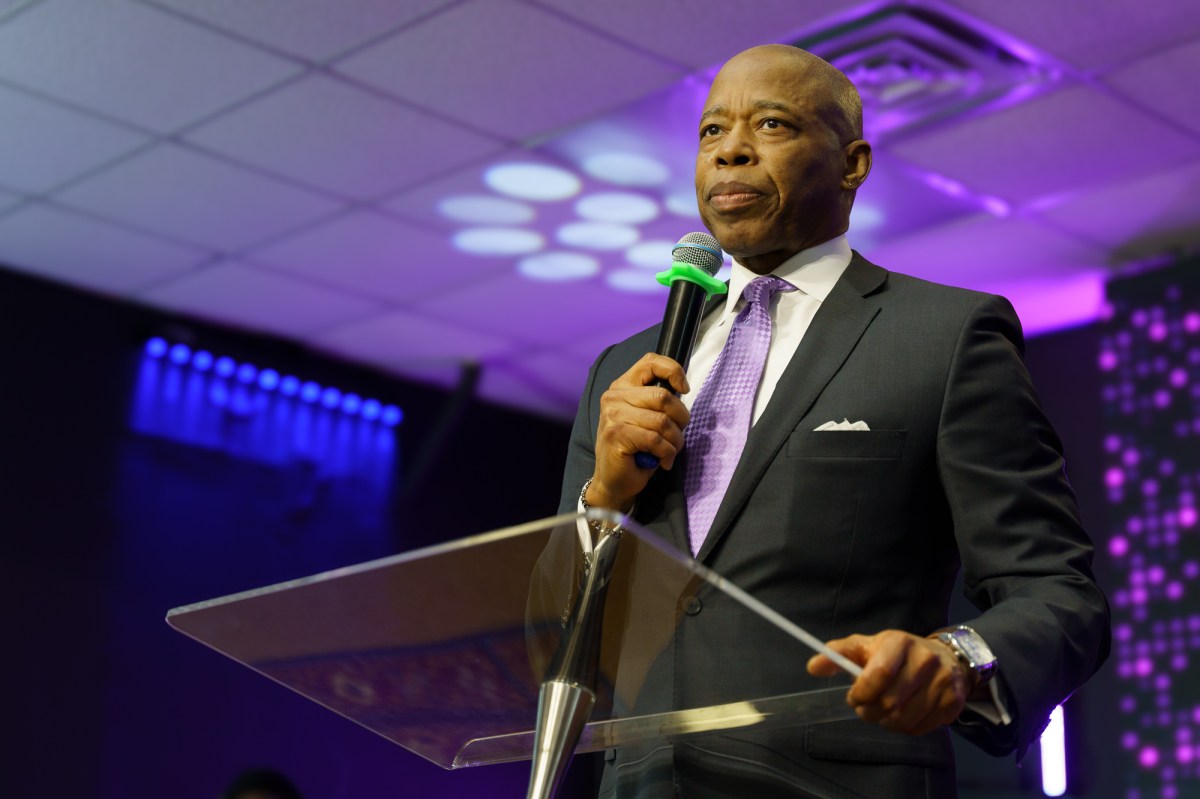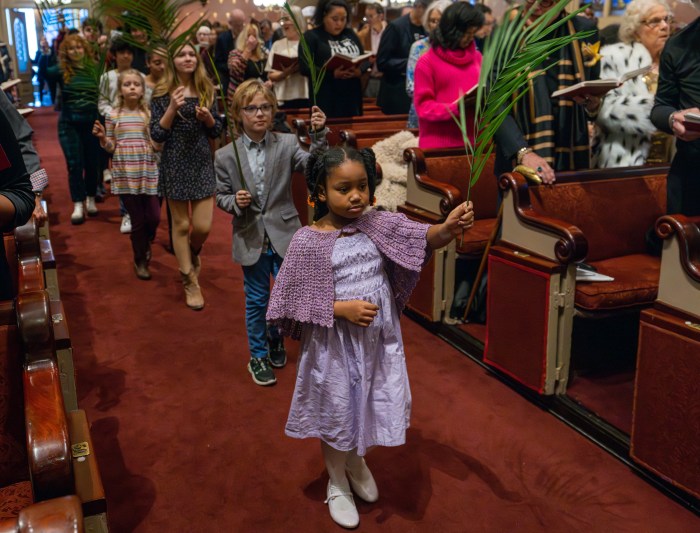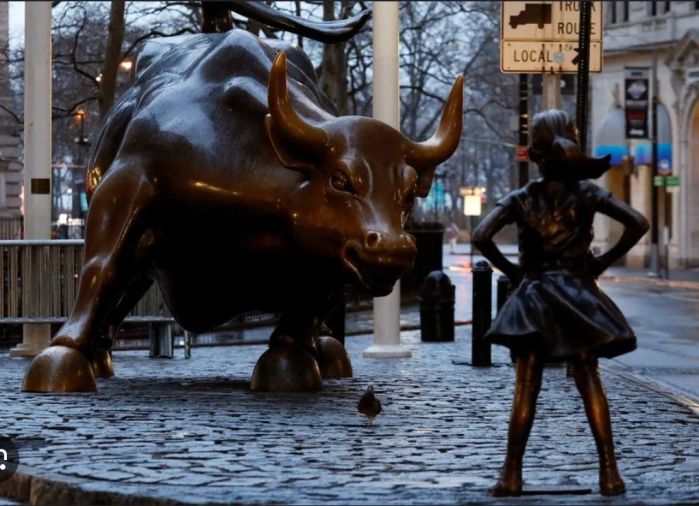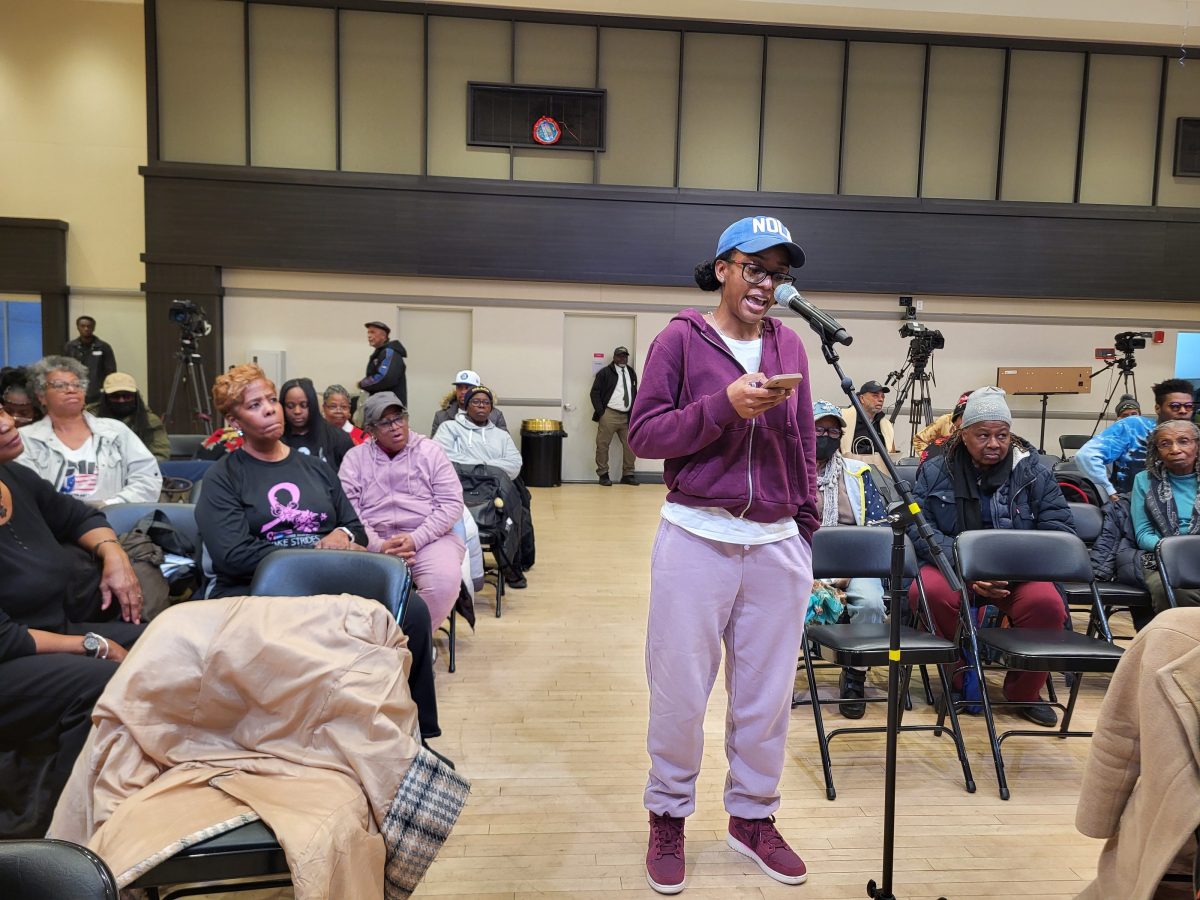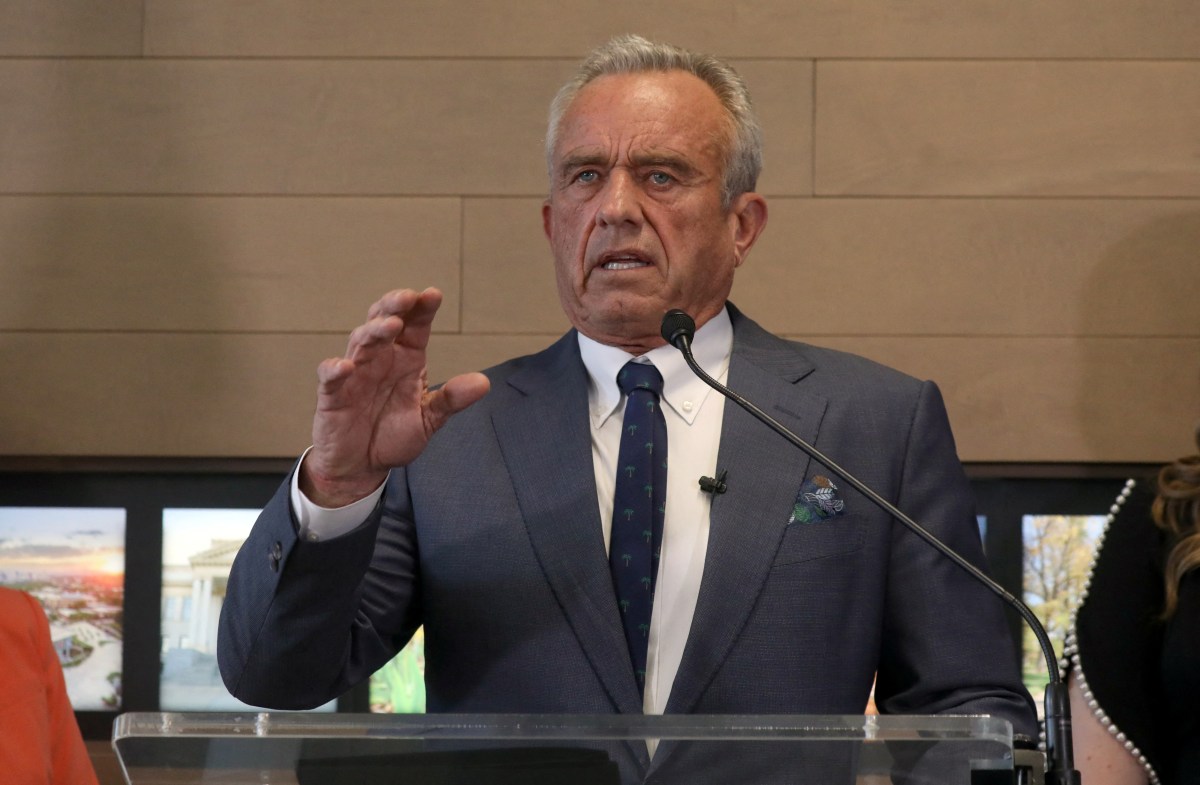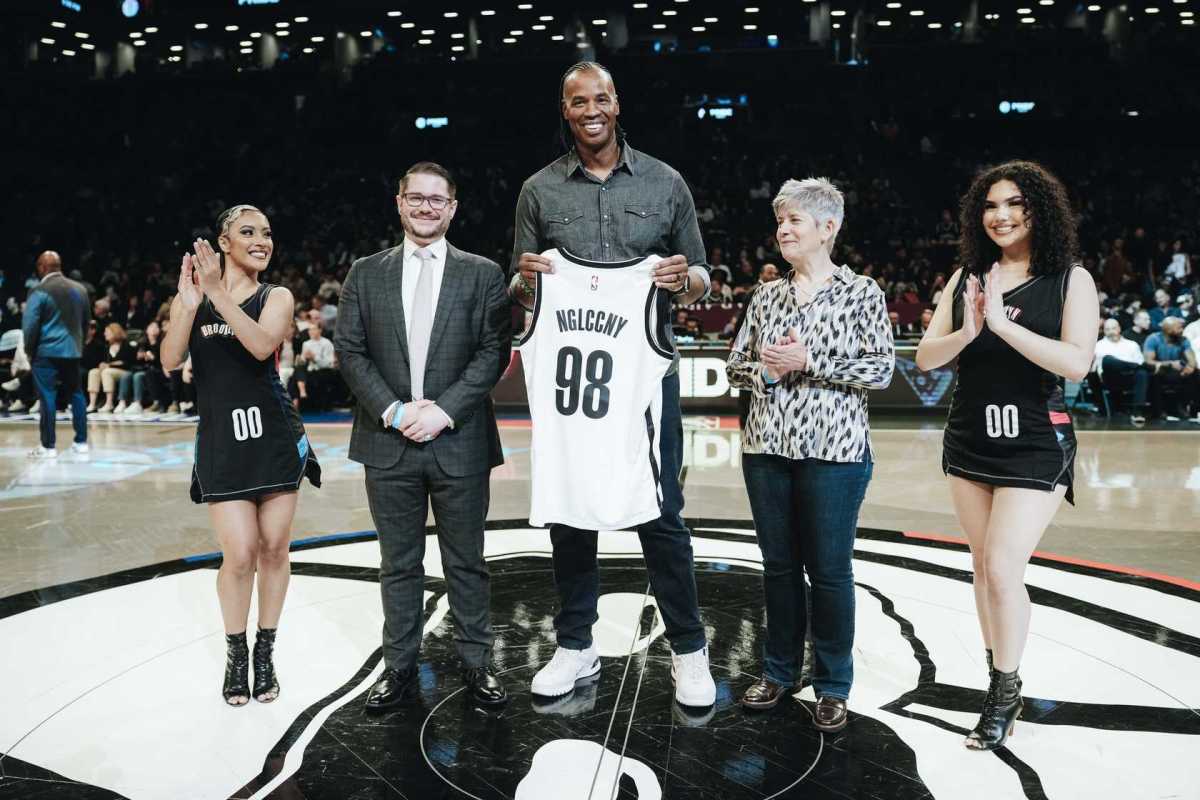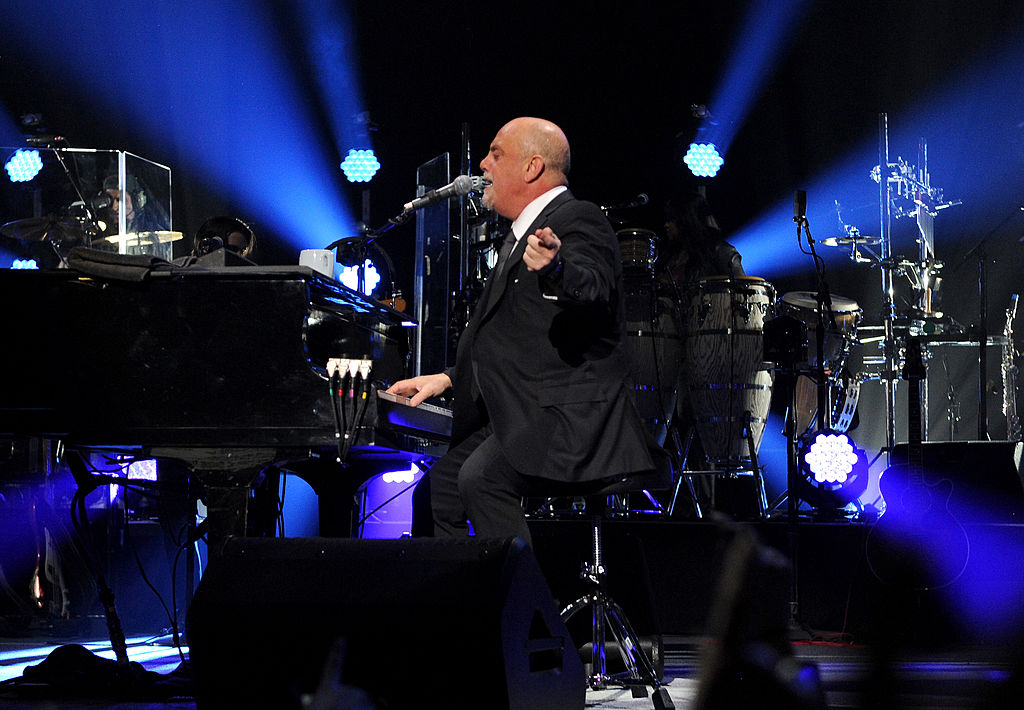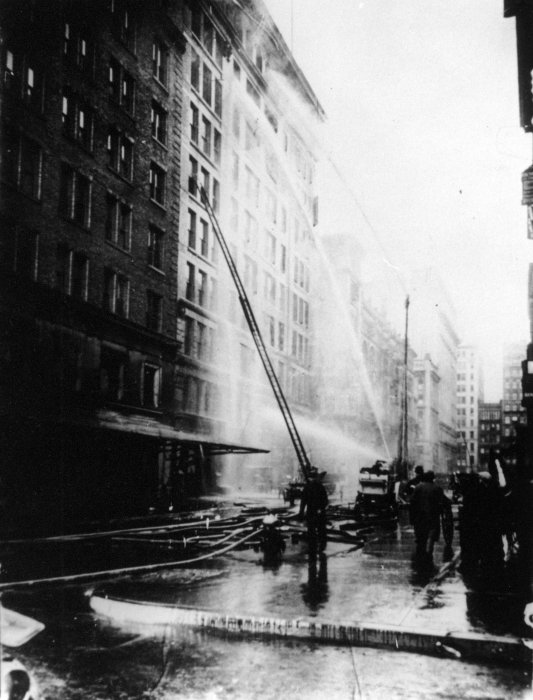Having concluded that he couldn’t win the Democratic Party primary election in June, Mayor Eric Adams is taking the alternate route to get on the November ballot as an independent candidate. In order to do that, he must petition in April and May, submit at least 3,750 signatures of New York City voters who haven’t signed another candidate’s petition, and make sure all the information required has been filled in accurately and legibly. Inevitably, many of the signatures will be invalid for one reason or another, compelling him to submit thousands more than is required. As a long-time candidate, he shouldn’t have trouble doing this. I say this even though, for full disclosure, I represent another mayoral candidate, Scott Stringer.
So what does it even mean to run as an “independent”? At this point, we have four political parties in New York State – Democratic, Republican, Working Families and Conservative – and by virtue of their status, the winners of their respective primaries are on the general election ballot. Until very recently we had eight political parties, but the law requires a party to garner at least 130,000 votes in the gubernatorial and presidential elections, and half of them failed. When that happens, they lose their automatic place on the general election ballot. So it is only the four current parties who are guaranteed to have their candidates running in November.
But this is New York, and we have a quirky law that allows wannabe’s to make up some fly-by-night ballot line to appear next to the four established parties. And it’s pretty common. Indeed, voters see candidates running on lines with all sorts of names, such as The Rent is Too Damn High, or whatever creative name they can conjure up. Maybe Adams will run under the Get Stuff Done banner, or even the Re-Elect Eric Adams line. We will find out soon enough when he starts petitioning on April 15th.
We know, however, that he cannot run as the “independent” candidate. Until a few years ago, there was an Independence Party, whose ranks of enrollees were in the tens of thousands – because voters thought they were declaring their independence from the main political parties. This sham ended when the party lost its status, and now the law forbids the use of the word independent when a candidate creates a general election line. Although this is being challenged in court, it is doubtful that the lawsuit will win. The law also forbids names that include words like American, national, New York or anything resembling the names of the existing parties. So “The Real Democrat” is out, as is “An Independent Mayor,” for example.
Nevertheless, running as an independent is a legitimate way of running for office. Although I cannot remember the last time a non-party candidate actually won, there have been a few examples where a minor party candidate has prevailed, such as Tish James (for the City Council on the Working Families Party line), Jim Buckley (for US Senate as the Conservative Party candidate), and Oliver Koppell (in his Assembly race under the late Liberal Party banner). Most relevant to this year’s mayoralty race is Mayor John Lindsay’s 1969 re-election victory on the Liberal Party line after he lost the Republican Party primary. As you can see, it is extremely rare, and depends on who one’s opponents are, as well as the issues of the day.
In addition to these obstacles, Mayor Adams faces the prospect that voters are conditioned to vote for a candidate associated with one or another party label. On the other hand, if the four party candidates lack sufficient appeal, enough voters may take the unorthodox route and vote for the Get Stuff Done candidate (assuming he uses that moniker). Another factor to consider is that, although primaries have rank choice voting, our general election is a simple, first-past-the-post race, in which all the winner needs is one more vote than the competition.
So there you have it, and, whatever name Eric Adams comes up with for the general election ballot, he will face voters who will judge him on his record and vision – just as they will for every other candidate. The name the mayor ultimately chooses is probably beside the point.
Jerry Goldfeder is Senior Counsel at Cozen O’Connor, and Director of the Fordham Law School Voting Rights Project. The all-new 7th Edition of Goldfeder’s Modern Election Law, New York’s treatise on the subject, will be available on or about April 21st at www.nylp.com.



